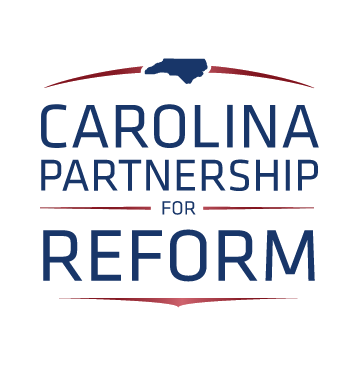In Portland, Gender Curriculum Starts in Kindergarten
Parents, voters, and common decency all support passage of NC’s Parents’ Bill of Rights
“My five-year-old is too young to learn about genitalia at school.” “My daughter’s high school shouldn’t lie to me if she says she’s a boy in class.”
These are basic expectations rooted in common decency. They’re widely shared among parents and voters across the political spectrum.
But in major public school districts around the country, they’re ignored. Take the latest report from the Manhattan Institute’s City Journal on Portland’s K-3 curriculum as yet another example:
The premise is simple: privileged white heterosexuals have created an oppressive gender system in order to dominate racial and sexual minorities. As the curriculum explains, “gender is colonized,” and Western societies have used language to erase alternative sexualities. “When white European people colonized different places, they brought their own ideas about gender and sexuality,” the curriculum reads. “When the United States was colonized by white settlers, their views around gender were forced upon the people already living here. Hundreds of years later, how we think and talk about gender are still impacted by this shift.” (When reached for comment, Portland Public Schools wrote: “We make certain that our curriculum is LGBTQ+ inclusive for students who identify as transgender, gender non-conforming, gender-queer, and queer to create a safe and inclusive environment for all of our students.”)
The curriculum begins in kindergarten with an anatomy lesson featuring graphic drawings of children’s genitalia. The lesson avoids the terms “boy” and “girl” in favor of the gender-neutral variants “person with a penis” and “person with a vulva,” because, according to the curriculum, some girls can have penises and some boys can have vulvas. “Any gender and kid can have any type of body,” a related presentation reads.
In first and second grade, students are introduced to the key tenets of gender-identity theory. “Gender is something adults came up with to sort people into groups,” the curriculum states. “Many people think there are only two genders, girls and boys, but this is not true. There are many ways to be a boy, a girl, both or neither. Gender identity is about how you feel about yourself inside.” Next, students work through a lesson called “Our Names, Genders, and Pronouns.” The lesson tells them that “gender is like outer space because there are as many ways to be different genders as there are stars in the sky.” Students, the curriculum explains, can “change their name to match who they are, like their gender, culture, or just what they like better.” They can be “boys,” “girls,” “cisgender,” “transgender,” or “nonbinary,” and experiment with pronouns such as “they/them” and “ze/zir,” according to their personal preferences. “Only you can know what your gender is,” they are told.
This is for 5-, 6-, and 7-year-olds. No wonder WRAL’s poll shows North Carolina voters, by a two-to-one margin (58-33), support legislation to keep this stuff out of elementary schools. And support cuts across age and demographics. Every single age group supports “legislation to ban the teaching of sexual orientation or gender identity for students in Kindergarten through third grade.” Independent voters support it 54-33. Black voters support it 54-34. Hispanic voters support it 49-41.
The North Carolina General Assembly should pass the Parents’ Bill of Rights, which blocks gender identity from K-3 curriculum. The Senate passed it this year, and it awaits action in the House.
